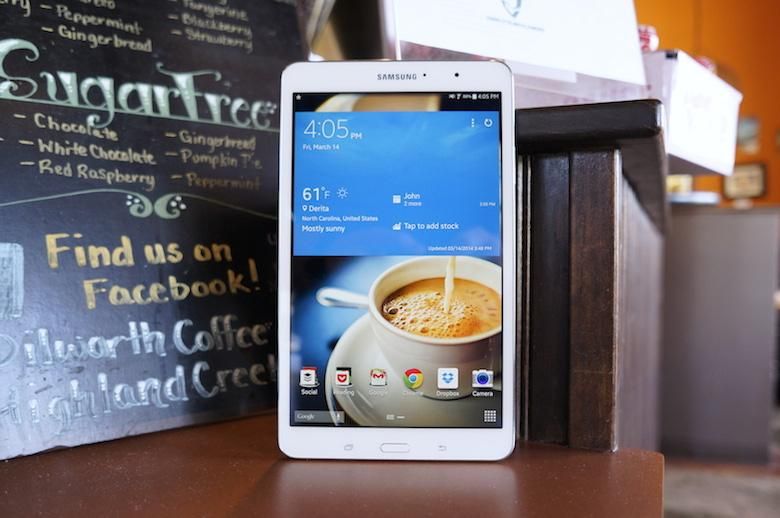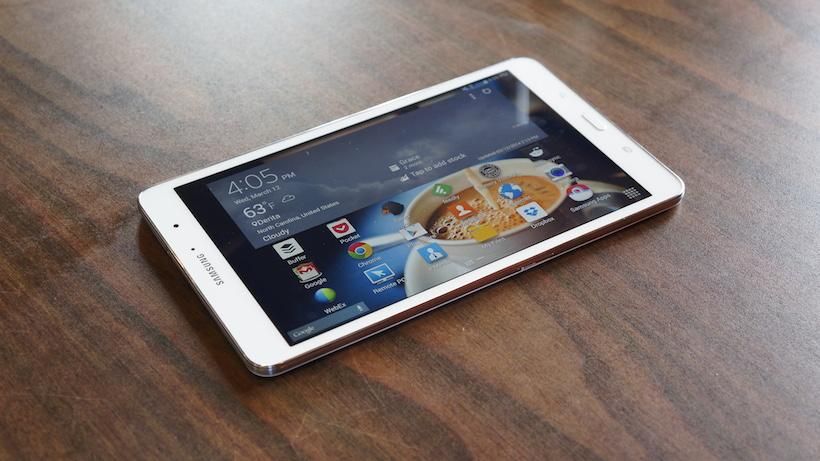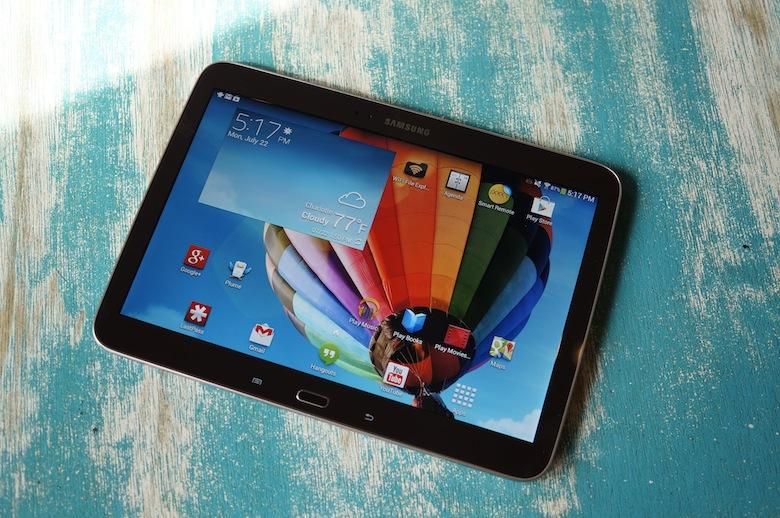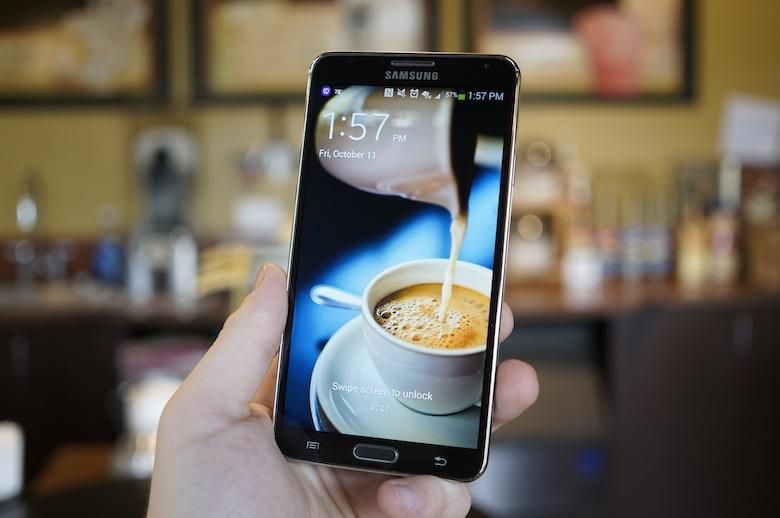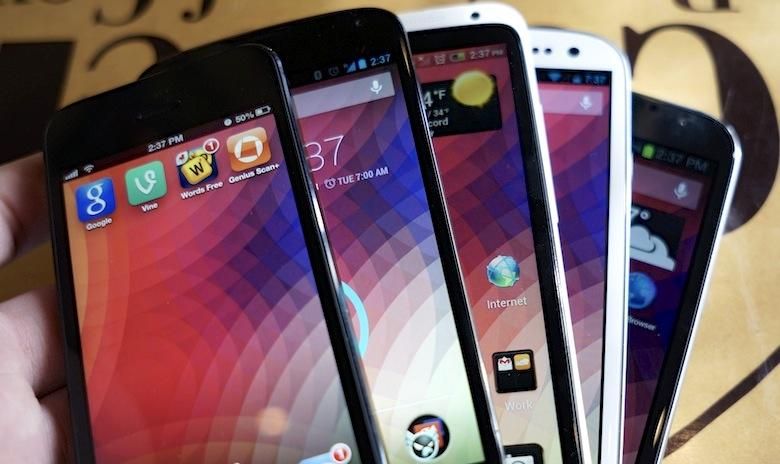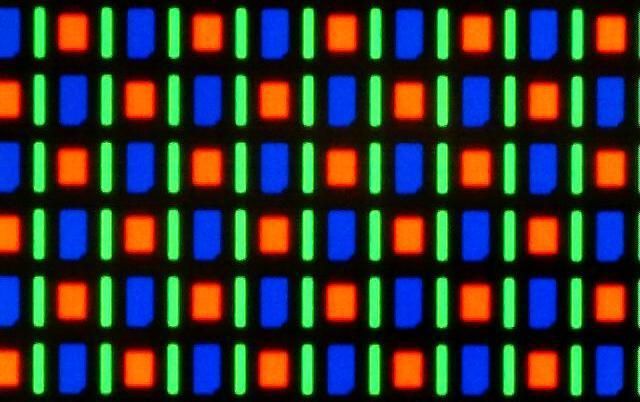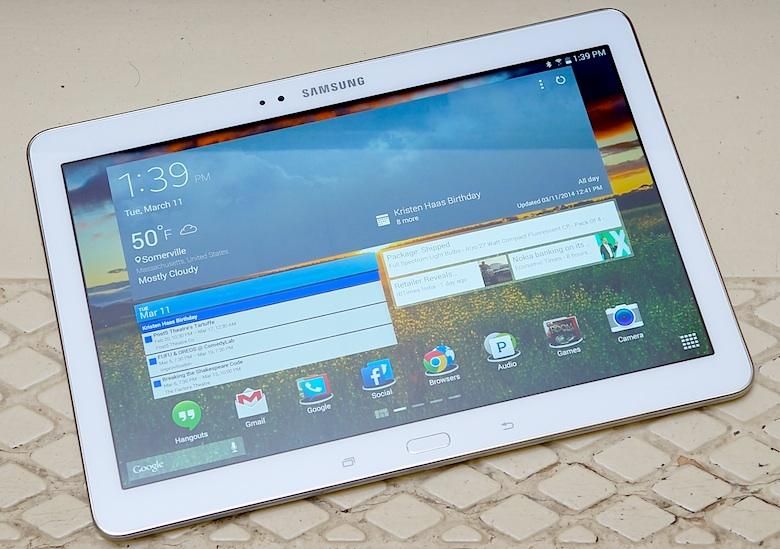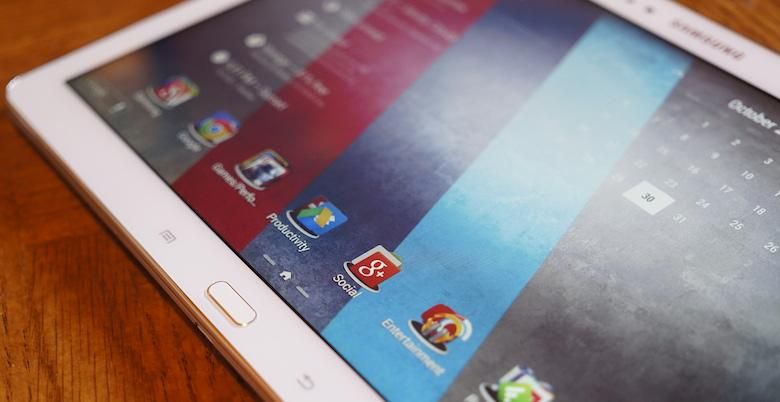I just wrapped up my review of the Galaxy TabPRO 8.4 on Friday. When I was told I’d be reviewing yet another Samsung tablet, my head cocked back, shoulders dropped, and I let out a breathy sigh.
Honestly, I can’t say I’ve actually reviewed all that many Samsung tablets in my day. But each model, despite the minute changes along the way, have been to the same effect: a promising tablet that could be so much more with a little additional effort.
For example, the Galaxy Note 10.1 2014 Edition I reviewed last year, on paper, looked fantastic. Sure, like all other Samsung devices, its plastic build was a little off-putting, but its premise was most intriguing – the most relevant representation of the Galaxy Note metaphor, the most productivity- and creativity-focused consumer Android tablet to date. Alas, after just an afternoon with the 2014 Note 10.1 it was apparent Samsung still had something to learn about user experience and the reliable performance of its tablets. The Exynos 5 Octa-powered tablet was practically a lagfest convention. The Galaxy Note 8 I reviewed before that was a similar story, except it was coated in hyperglaze and its specs weren’t nearly as impressive. And don’t even get me started on the Galaxy Tab 3 10.1.
So you can easily understand why I was hesitant and less than enthused about reviewing yet another Samsung tablet. The company has been making tablets for just a few months shorter than Apple, has made somewhere north of 40 different tablet models in that time, and doesn’t exactly have the greatest track record.
That said, the Galaxy TabPRO 8.4 was a surprising relief from the Samsung tablets of yore, in a few different ways.
The software looked better, though it didn’t exactly feel finished. The hardware was also improved, though we would have preferred a more premium material to corroborate the “Pro” status. But those were just minor gripes. The to-be-expected lag was far less prominent with this model. In fact, while we could practically conjure lag on demand, it was specific to only one area: the home screen. The tablet would pause for a split-second while it loaded the home screen resources. Once it loaded, you could flick between pages as quickly as you desired.
And that very isolated and specific sort of lag made the experience much more enjoyable. I, by no means, condone lag. But if it’s predictable, it’s far easier to cope with and ignore than random, intermittent, unpredictable lag.
The latest round of Samsung tablets also addresses another major issue previous Galaxy Tabs and Notes suffered from: subpar displays. The Galaxy Note 8 had an 8-inch display with a resolution of 1,280 by 800 pixels. The Galaxy Tab 3 10.1 had a 10.1-inch display with the same resolution. Those displays offered pixel densities of 189 and 149 pixels per inch, respectively. Keep in mind, both of these tablets came long after the Samsung-made Google Nexus 10 which, for a long time, had one of the best looking tablet displays around – a 10.055-inch 2,560 by 1,600 pixel resolution display with a density of 300 pixels per inch.
The newest tablets all have the same WQXGA resolution (2,560 by 1,600 pixels) displays, and the colors have improved significantly since the release of the Nexus 10. In fact, the display was one of the most impressive aspects of the TabPRO 8.4 with a density of 359 pixels per inch and extremely vibrant colors. It had wide viewing angles, great contrast, and practically the only issue we had with the display was how unnatural skin tones sometimes looked in videos.
While the Super Clear LCD panels used in Samsung’s latest line of tablets look great, they aren’t the traditional supersaturated Samsung AMOLED panels, meaning the contrast isn’t as high, the blacks aren’t as deep, and the colors, for better or for worse, don’t pop as much.
Let the color accuracy argument consume you if you want, but I’m perfectly fine with trading a truly accurate color gamut for supersaturated colors with pitch blacks. If you’re interested in the matter, you can read more on that here.
The short of it is, Samsung is reportedly working on an OLED-fitted tablet. As ballyhooed as its OLED televisions and AMOLED smartphone displays are, a Samsung OLED tablet is pretty darn intriguing. It’s hard to deny, when done right, OLED-style displays look gorgeous.
However, as excited as the thought may be, it also gives me pause. Samsung has been known in the past to keep regressing back to an inferior subpixel arrangement with its displays, particularly newer technologies in new sizes, shapes, and resolutions. The first 720p smartphone, the Galaxy Nexus, had an AMOLED display with a PenTile Matrix subpixel arrangement. The Nexus S was also PenTile, as were the Galaxy Note and Note II, Galaxy S III, and a handful of other forgettable smartphones over the years.
PenTile Matrix is family of subpixel arrangements trademarked by Samsung. Essentially, rather than utilizing the more traditional RGB stripe – three subpixels, one red, green, and blue, which make up a standard pixel – to form a display, PenTile matrices can come in a varying assortment of subpixel arrangements, all of which share subpixels. The science behind it was inspired by the anatomy of the human retina, lending quite a bit of credence to the technology.
The more common arrangement is the RGBG layout (left), which has alternating red and blue subpixels paired with a constant green subpixel. The result is a more power efficient display with one-third fewer subpixels than the standard RGB display while maintaining the same output resolution.
While PenTile Matrix has a laundry list of advantages, it also comes with a host of unwanted side-effects. For instance, whites on the Galaxy Nexus, original Galaxy Note, Note II, and plenty others appeared more like wet parchment than other types of displays made of RGB stripes. The lower the brightness, the worst the wet parchment illusion gets, turning more grainy and gray as the brightness decreases. Saturated colors also appear grainy, despite high resolutions and, likewise, densities. Particularly, solid greens can also appear grainy, leading to pattern visibility or what many have called “checkerboarding.”
My point in all this? Samsung has gone to great lengths to improve its tablet lineup. The TabPRO 8.4 is a tablet I would actually consider picking up for myself – a first for me. One with an OLED display would be the icing on the cake.
However, all this snowballing hype will likely be for nothing if Samsung chooses to go the route of PenTile once again. It’s rumored to be releasing a 10.5-inch OLED tablet sometime in the near future, and there have been rumblings of an 8-inch model as well.
For what it’s worth, Samsung has made one tablet with a Super AMOLED display with a standard RGB stripe, the Galaxy Tab 7.7. But its resolution was nothing worth getting excited over – just the typical, underwhelming 1,280 by 800 pixels. Jumping to a respectable resolution (WQXGA) in this day and age while eschewing the PenTile RGBG layout may prove to be far more difficult.
Essentially, rather than dropping the ball on an intriguing rumored device on the heels of one of its first tablets to receive positive reviews in ages, Samsung should avoid the inevitable disappointment a PenTile OLED display. Delay it until the PenTile is suitable – at all brightness levels and for all colors – or until a WQXGA resolution AMOLED with an RGB stripe is possible.
Of course this is speculation at best. I’m not an engineer working on making OLED displays for Samsung. I’m just basing my skepticism and specilation off Samsung’s penchant for squeezing PenTile into devices in the most annoying and intrusive way. For all I know, Samsung already has an OLED at WQXGA with an RGB stripe rather than PenTile. If so, perfect! But I’ve been burned by horrible PenTile displays more times than I can count on one hand, so forgive me for being skeptical.
Either way, I’m looking forward to OLED panels on tablets, and if Samsung can deliver a beautiful active matrix OLED version of the not-yet-announced NotePRO 8.4, I may have to sell my kidney to get one.
In other words, don’t screw this up, Samsung.

